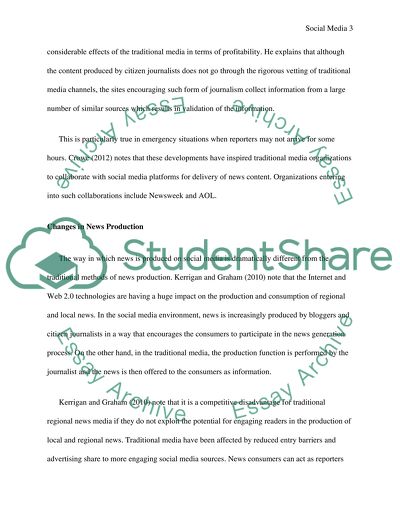Cite this document
(“Discuss the impact of social media on traditional media in relation to Essay”, n.d.)
Retrieved from https://studentshare.org/journalism-communication/1490544-discuss-the-impact-of-social-media-on-traditional
Retrieved from https://studentshare.org/journalism-communication/1490544-discuss-the-impact-of-social-media-on-traditional
(Discuss the Impact of Social Media on Traditional Media in Relation to Essay)
https://studentshare.org/journalism-communication/1490544-discuss-the-impact-of-social-media-on-traditional.
https://studentshare.org/journalism-communication/1490544-discuss-the-impact-of-social-media-on-traditional.
“Discuss the Impact of Social Media on Traditional Media in Relation to Essay”, n.d. https://studentshare.org/journalism-communication/1490544-discuss-the-impact-of-social-media-on-traditional.


